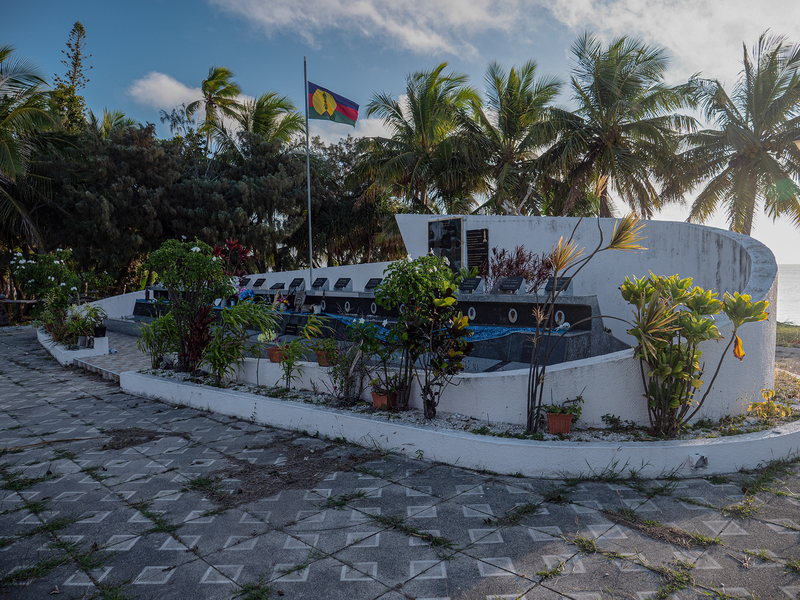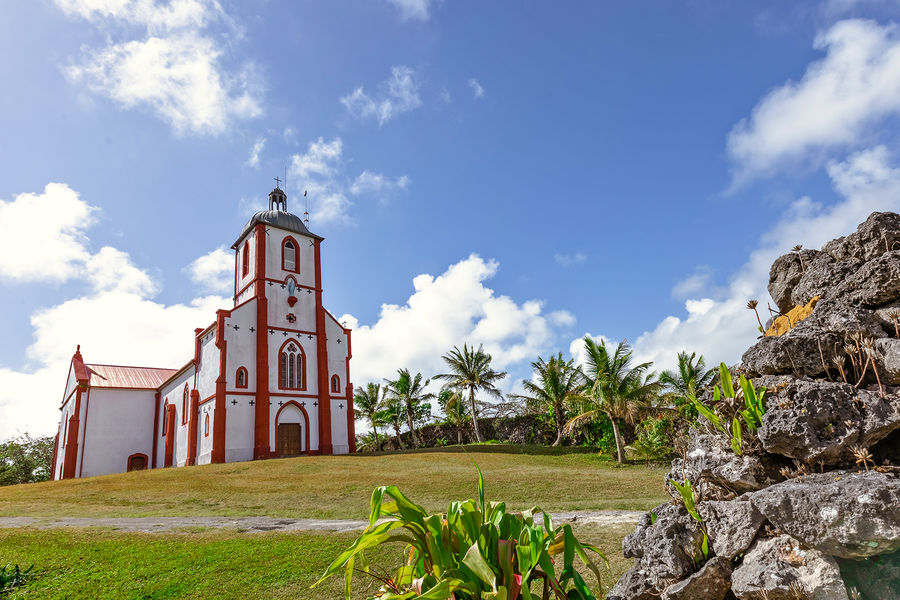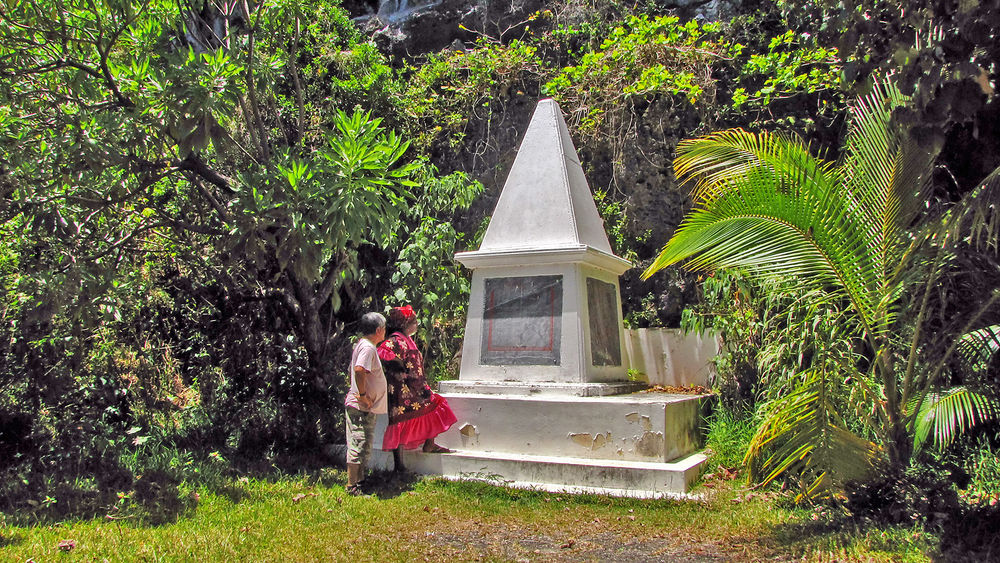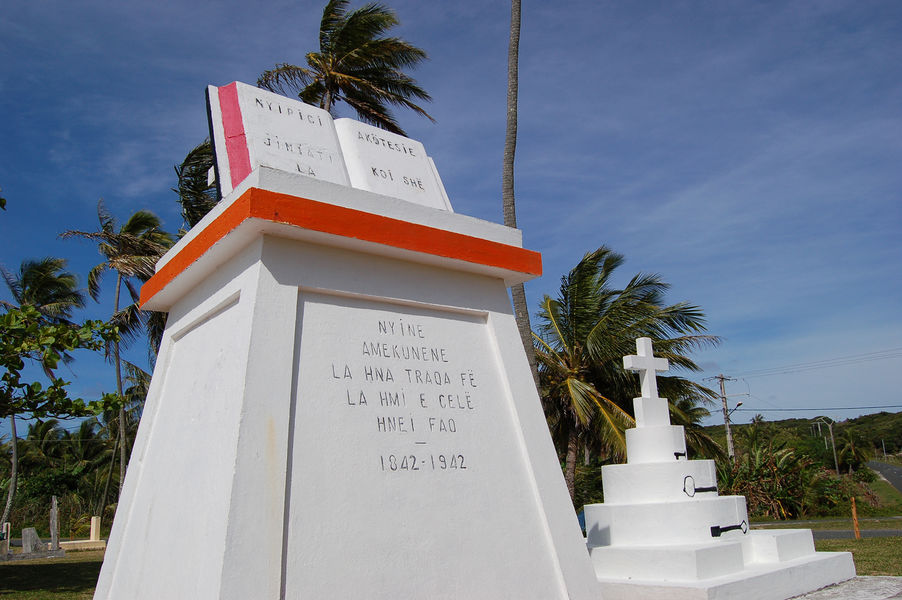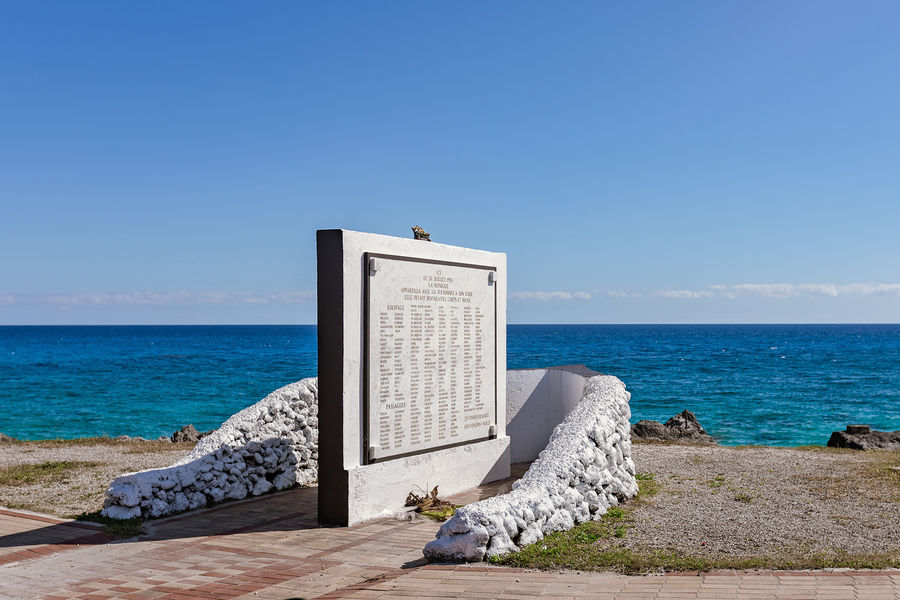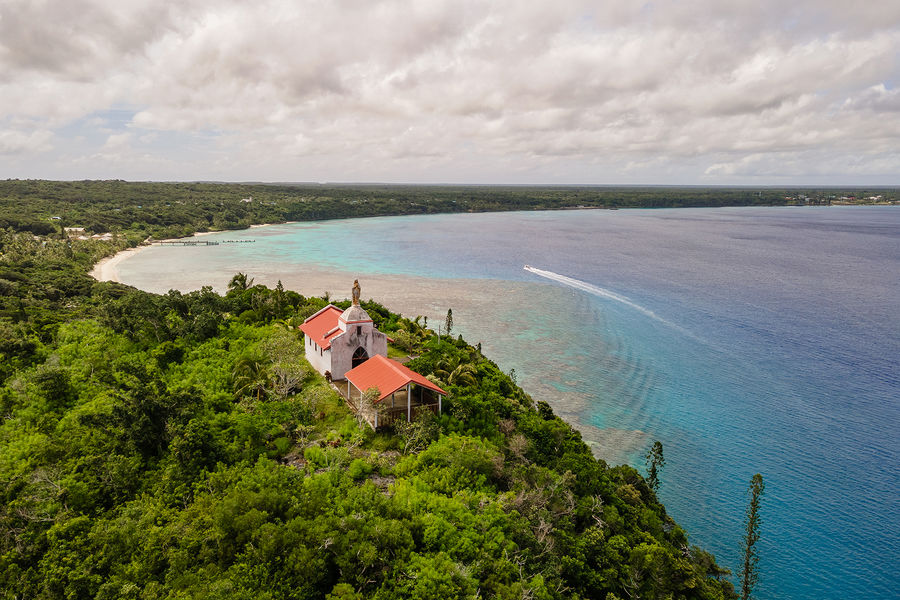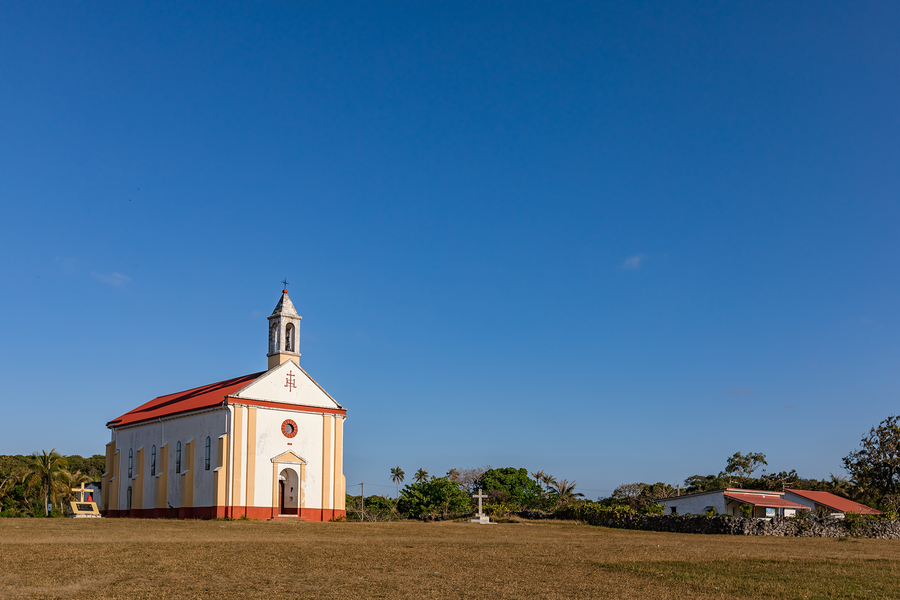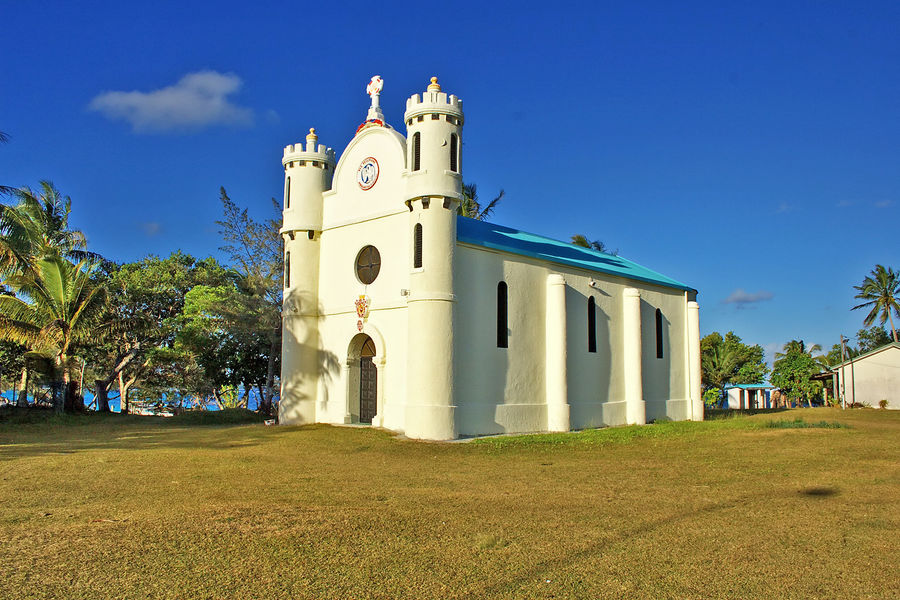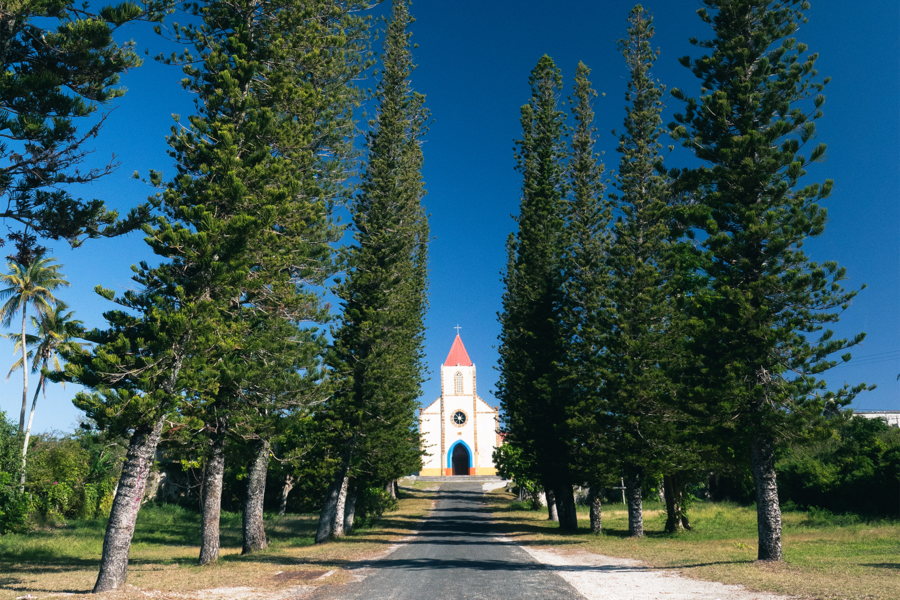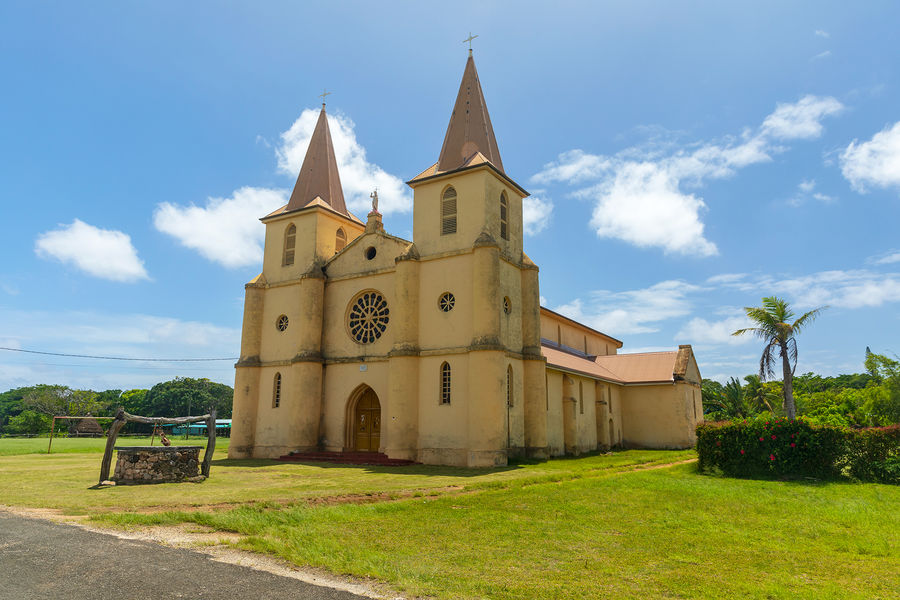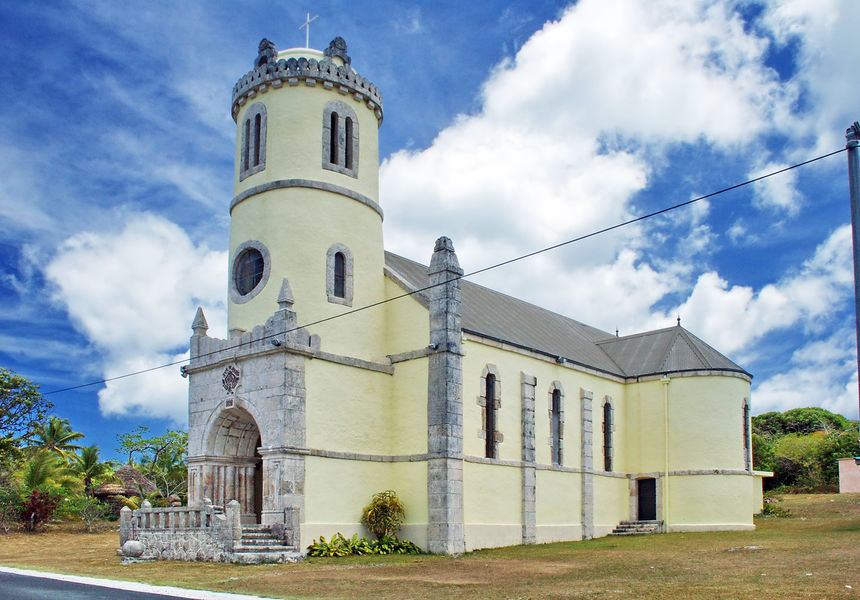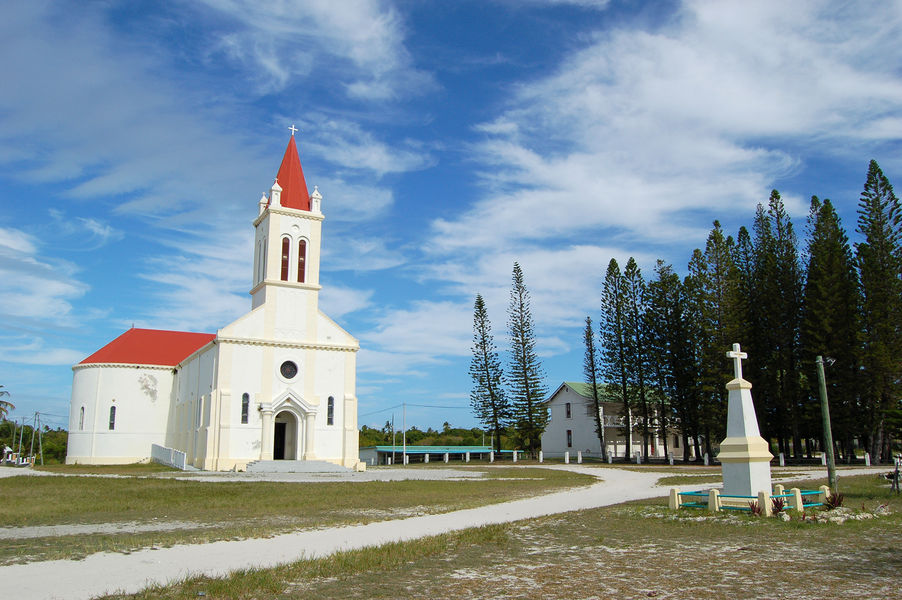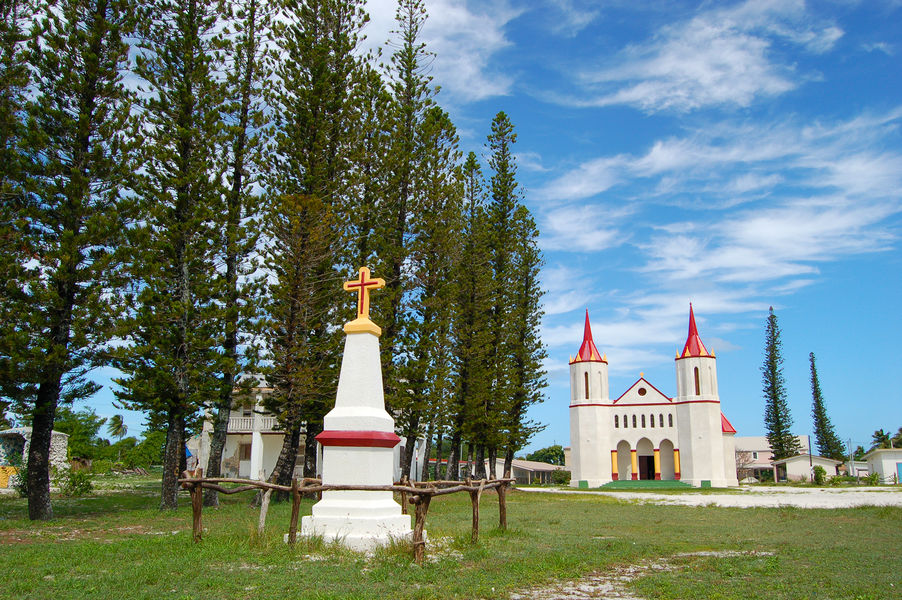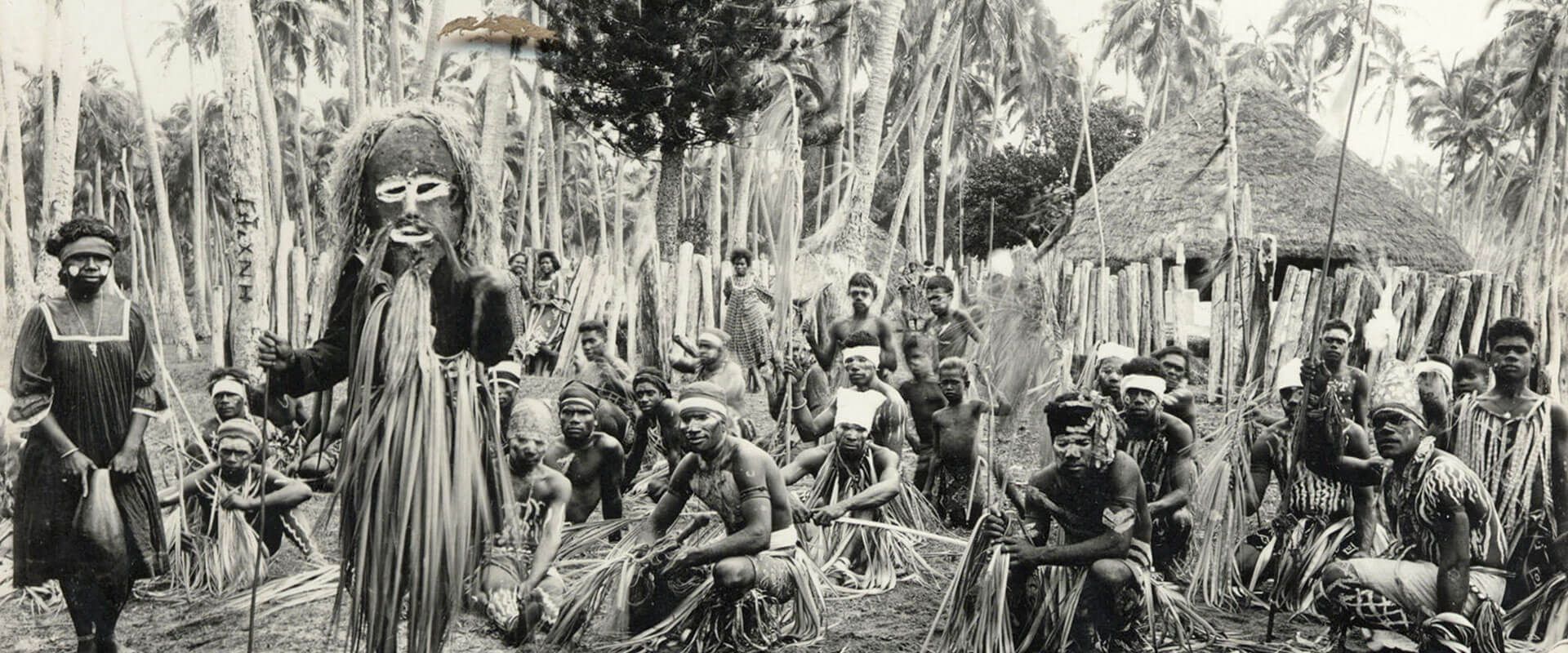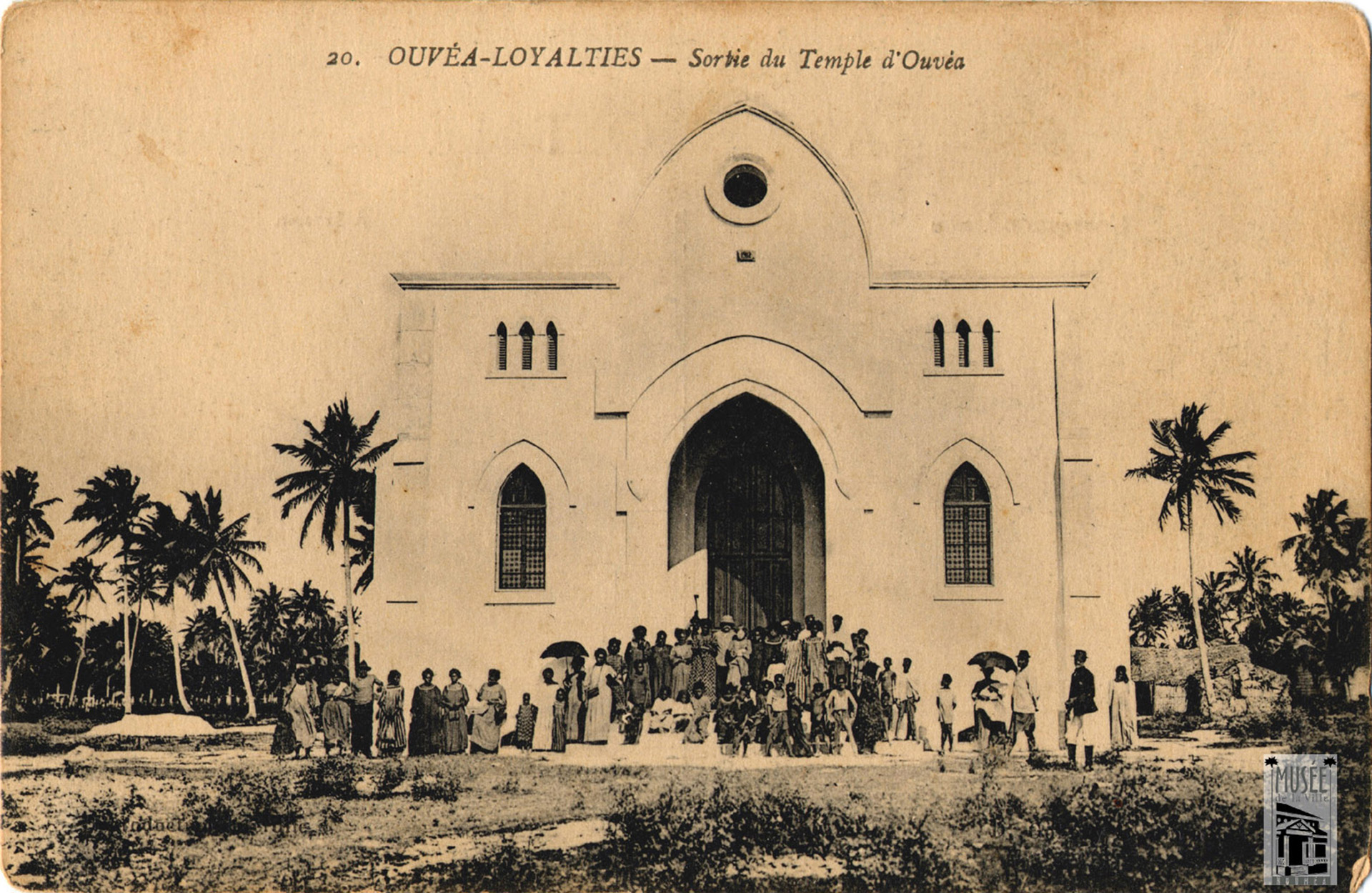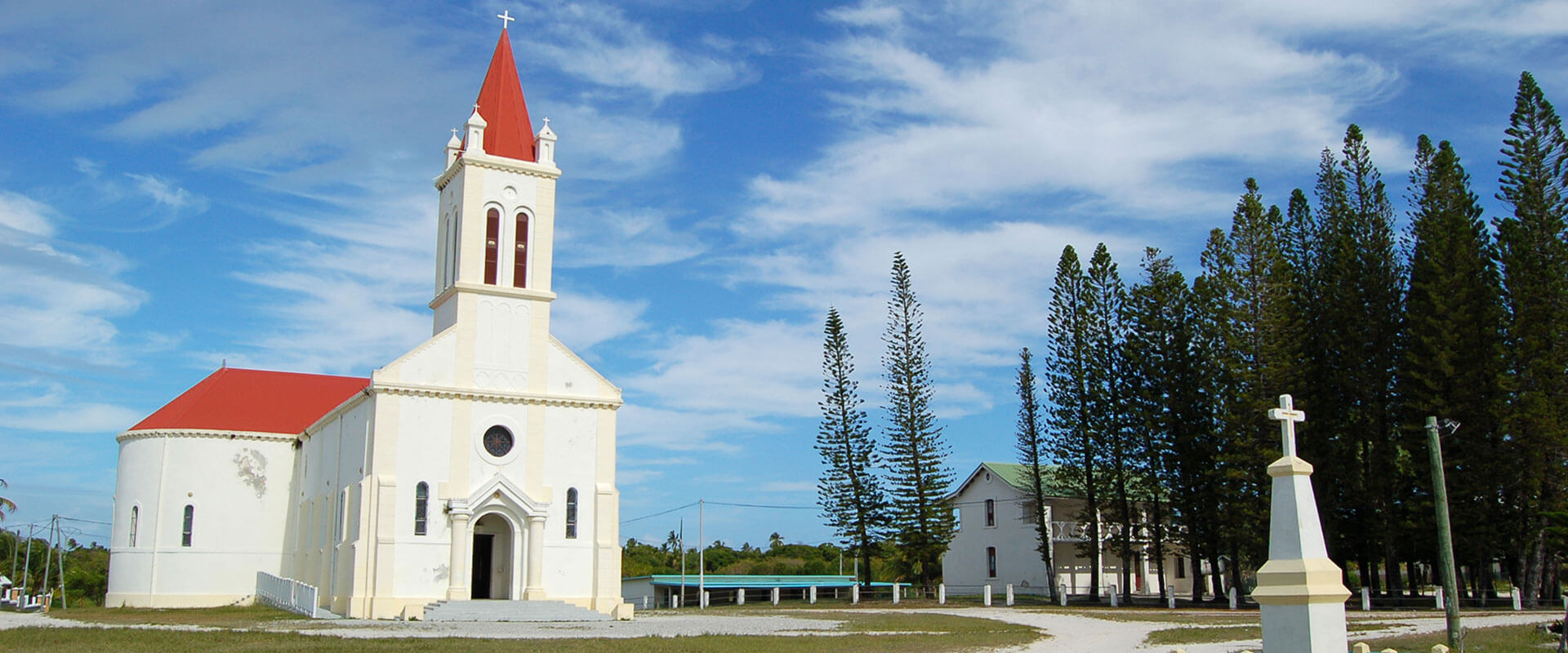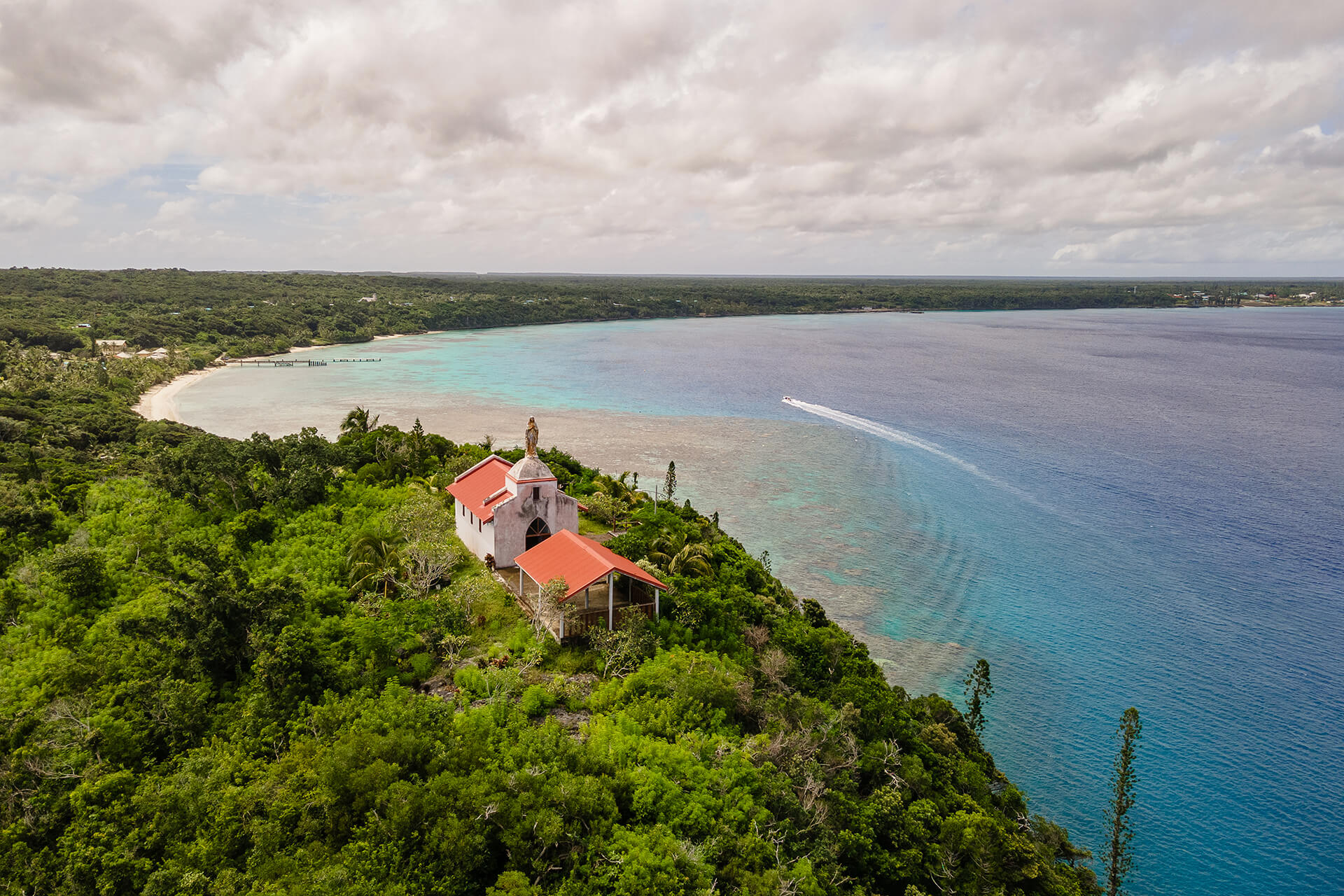 3442
3442 8 December 2022
8 December 2022 admin
admin
Between myths and prehistory
The chronology of human occupation of the Loyalty Islands is still poorly known compared to that of Grande Terre of New Caledonia.Since the 1990s, the Province of the Loyalty Islands has initiated a preliminary inventory of the ancient sites on the four large islands, with several archaeological excavation campaigns, but there is still much to discover.
Lapita Sites
The Lapita culture is an ancient archaeological culture of Oceania, established throughout the western Pacific Ocean around the first millennium BCE and known in particular for its original pottery decorations. The first Lapita migrations to New Caledonia which likely concerned the Loyalty Islands, came from neighbouring Vanuatu.
Eight Lapita sites, including five major ones, have been identified to date in the Loyalty Islands, all located near the sea, close to freshwater springs and passes in the reef:
– In Maré, along Patho-Kurin Beach
– In Lifou, Hnaeu (south-east coast) and Keny (north-east coast, at the level of the tribal village of Hnathalo)
– In Ouvéa, south of the Wadrilla tribal village
– In Tiga, in Namara at the foot of the raised coral plateau
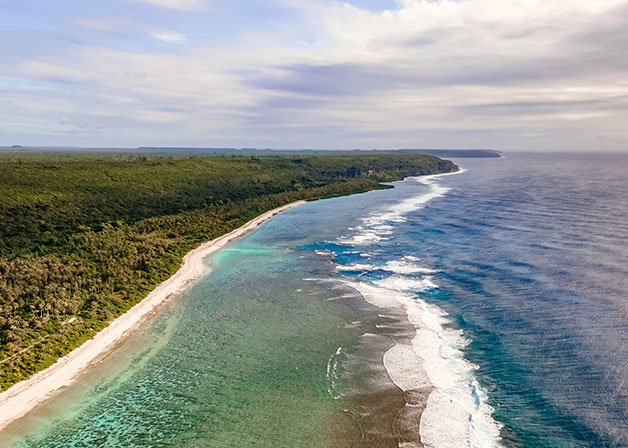
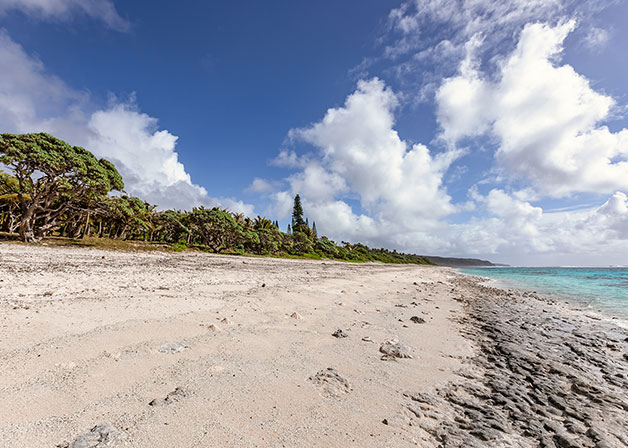
Hnakudotit in Mare
In the Maré language, Nengone, this site is called “where they stumbled on the rocks”. It is a monumental structure made from blocks of coral, the construction of which dates back two thousand years. The site, called “Hnakudotit”, is an open quadrilateral of impressive size. The walls of this structure, nearly four metres high, are on average ten metres thick. The entire site, which is made up of a large U-shaped wall and two L-shaped extensions, is 180 metres long and 145 metres wide.
Located near La Roche, Hnakudotit is the product of a worksite that must have been very organised. Near the present Yeiwéné Yeiwéné Cultural Centre, the walker will notice paths that have been used to transport the coral blocks, some of which weigh up to several tonnes. The walls were also arranged according to an internal architecture. The largest coral blocks are placed on the inner sides of the building’s four gates. In the same way, coarse cut stones can be seen on the external walls. The size of the blocks in these places can be interpreted as a mark of prestige intended to impress the new arrival.
Until the start of the 1990s, the site had not undergone any restoration. The stone blocks were crumbling, the vegetation was gaining ground and cultivated fields were flourishing inside the enclosure. In 1993 and 1994, the New Caledonian Department of Archaeology carried out its first studies and partly renovated this monumental structure. Archaeologists found the remains of human skeletons, pieces of pottery and shellfish middens. Dating of some shell remains made it possible to go back in history as far as 1,000 B.C. According to the results of the excavation, this monumental construction must have had a defensive role in this plain where no natural shelter existed. As well as fortified walls, the archaeologists uncovered a ditch a dozen metres wide, running along the length of the open part of the quadrilateral.
Science and history thus agree with the oral tradition. On Maré at least two accounts explain that these stone walls were used as refuges in times of war. They are said to have been created by spirits who engaged in a competition. The La Roche spirits prevailed over their adversaries. The Hnakudotit building is indeed more imposing than “Waninetit” or “the right-hand wall”. This neighbouring construction has two enclosures with walls that are not as high or as thick.
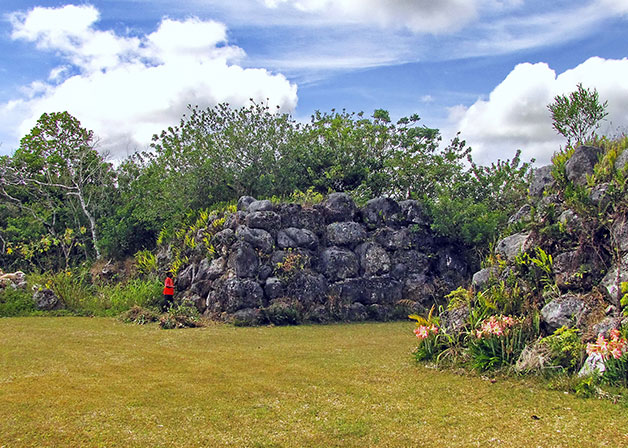
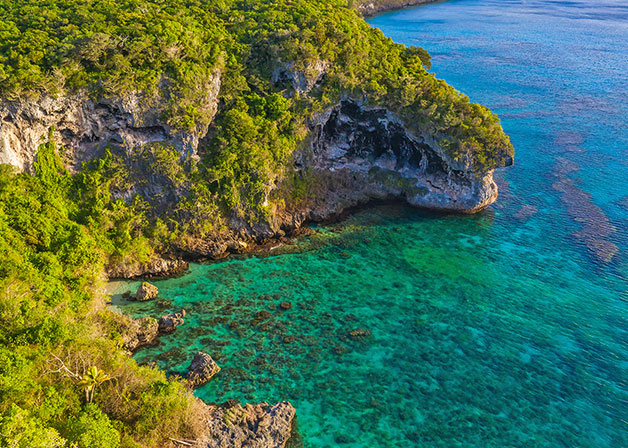
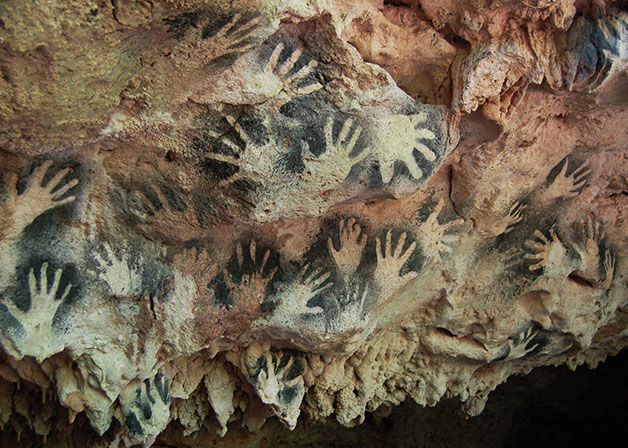
Jokin Cliffs in Lifou
Apart from Maré and its monumental constructions, the Loyalty Islands’ archaeological heritage is not easily accessible to tourists. However, if you look at the islands differently, you can detect the presence of history. Ancient burial places can be found in openings in the raised coral plateaus, such as in the Jokin cliffs on Lifou. Mortal remains may also be left inside caves. They were placed on a raft or inside the hull of an outrigger canoe. This funeral tradition, which developed during the second millennium A.D., is still visible today in the Loyalty Islands.
The Loyalty Islands caves are important archaeological sites. Visited often in times past, perhaps for initiation rites, they contain traces of prehistory. This is true of Wanaham Cave on Lifou. In this cave, which occupies an important place in the oral tradition, traces of human presence have been found that go back to 700 B.C. Two caverns are crammed with drawings done with orange-coloured coral and charcoal. The walls are decorated with more than two hundred hands, not to mention depictions of fish, turtles and birds. Engravings with stars and geometrical designs have also been found in Wanaham Cave, which is located just beneath Lifou’s only aircraft runway.


